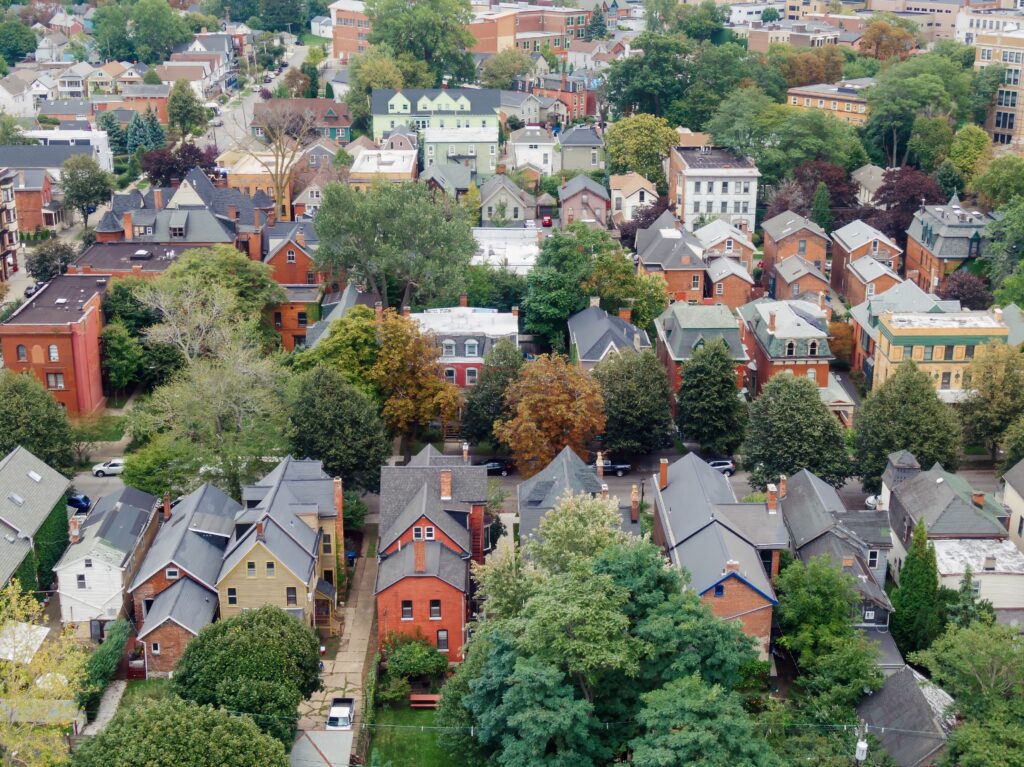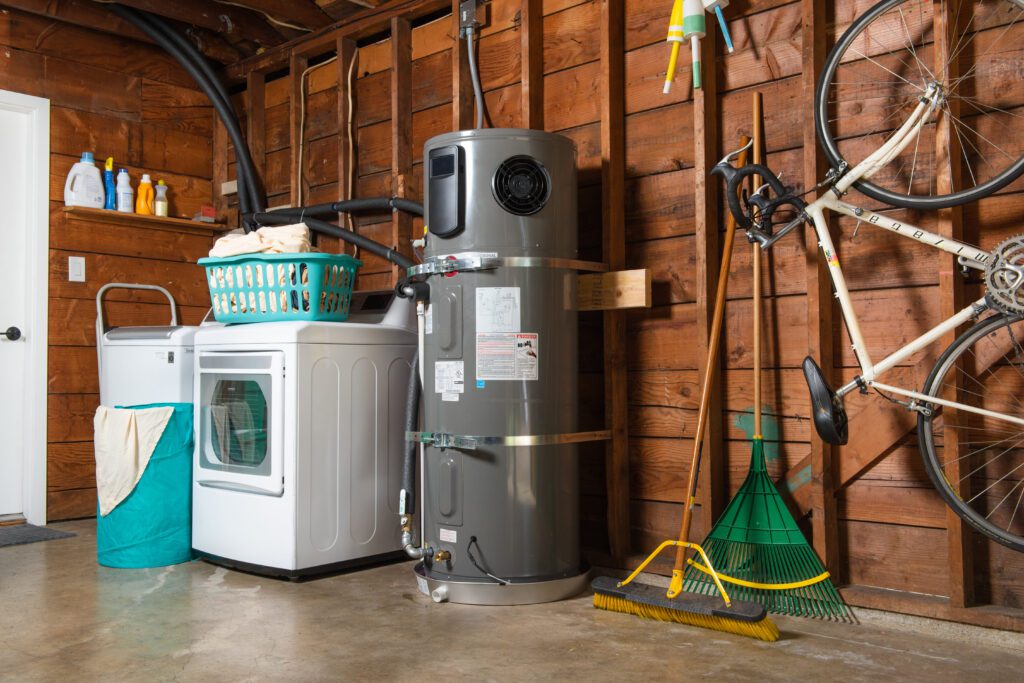See where more than 650,000 homes are primed for heat pump water heater installations today.

Contractors are installing heat pump water heaters (HPWHs) in homes every day, with more than 190,000 units sold nationwide in 2023—a 35 percent increase from the previous year.[1]https://www.energystar.gov/sites/default/files/2024-09/2023%20Unit%20Shipment%20Data%20Summary%20Report_508.pdf
In New York, energy savings and generous incentive programs have driven recent installations, but there is significant opportunity for this market to grow: more than 650,000 homes are strong candidates for conversion today.
To better understand HPWH retrofits, we spoke with more than 15 contractors and industry experts representing each region of New York State and a variety of buildings, from new construction to century-old homes. While individual experiences varied, consistent themes emerged on what makes for a successful HPWH installation in existing single-family homes.
What did contractors tell us?
Contractors reported high customer satisfaction with HPWHs, but also pointed to four key factors that influence which projects succeed across New York’s diverse housing stock:
1. Basement height constraints: HPWHs are taller than fossil-fuel or conventional electric tank-type water heaters. Installers cited basement height as one of the first factors in determining retrofit feasibility.
2. Potential electrical panel upgrades: In older homes that haven’t been modernized, HPWHs often require larger electric panels (200–400 amps), especially when combined with EV chargers or new electric loads. Existing 100-amp panels are rarely sufficient. This adds cost and complexity. But homes that already have electric water heating (about one-quarter of New York’s housing stock) won’t require panel upgrades for HPWH systems and should have sufficient capacity.
3. Proper installation is essential: Installation requirements differ from existing water heaters and contractors must ensure sufficient semi-conditioned ambient air supply, properly place the equipment, and set up venting and condensate piping from the unit. Improper setup can lead to inefficiency or failure. While experienced contractors have largely adapted to these new installation requirements, they remain a challenge for newer installers.
4. Caution for very high water users: HPWHs are highly efficient but replenish hot water to the product’s storage tank more slowly than comparable gas units (called the recharge or recovery rate). In households with heavy hot water use, HPWHs may struggle to meet demand and frequently switch to electric resistance heating, undercutting efficiency. Contractors must manage customer expectations by recommending staggered water use or sizing up the storage tank.
Finding the best homes for HPWHs
Scaling heat pump water heaters in New York begins with the homes where installations are most feasible and affordable. With the right building conditions and experienced installers, little stands in the way of achieving a successful retrofit and contractors report quick installs, efficient operation and satisfied customers.

To identify homes that are the best suited for HPWHs, we assessed a combination of physical or structural characteristics, the cost of operating equipment and relevant environmental conditions. Three criteria rise to the top:
- Adequate basement space: HPWHs work by pulling heat from the surrounding air. It’s crucial that the temperature in the room where the unit is located remains above 40 degrees Fahrenheit. There should also be one to two feet of clearance above the old water heater, since HPWHs are often taller than existing tank-type water heaters.
- No gas connection: Despite the greater efficiency of HPWHs, current utility rates in most of New York mean HPWH customers may not save money compared to their existing gas product. Customers who use an electric, oil, or propane water heater are more likely to see cost savings from HPWHs.
- Outside of New York’s coldest climate zone: Around five percent of New York’s homes are in Climate Zone 6, which has average winter low temperatures below 0 degrees. Well-insulated homes in this region can utilize HPWHs, but the risk of insufficient heat for proper HPWH function is higher. Intake water can also be colder, which further reduces equipment efficiency.
Figure 2
Using building characteristic data from the New York State Department of Taxation & Finance, we quantified the number of single-family homes that meet these three conditions.[2]NYS Department of Taxation and Finance 2024 Property Assessment and Property Inventory, obtained by FOIL request from the NYS Office of Real Property Tax Services. The dataset aggregates tax data on … Continue reading
At least 650,000 homes in New York are ideal candidates for HPWHs, representing almost 15 percent of the single-family housing stock.
Figure 3 shows the number of ideal homes in each New York census tract. These ideal homes are spread across multiple regions in New York with dense clusters in certain census tracts. Unfortunately, we don’t have complete data for every census tract in New York. Census tracts in orange on the map indicate missing data, meaning this estimate is conservative. Explore the map below:
Figure 3
References
| ↑1 | https://www.energystar.gov/sites/default/files/2024-09/2023%20Unit%20Shipment%20Data%20Summary%20Report_508.pdf |
|---|---|
| ↑2 | NYS Department of Taxation and Finance 2024 Property Assessment and Property Inventory, obtained by FOIL request from the NYS Office of Real Property Tax Services. The dataset aggregates tax data on properties from every municipality beyond NYC, and includes detailed building characteristics like typology, size, construction materials, basement dimensions, utility hookups and more. |
| ↑3 | https://data.census.gov/table/ACSDT1Y2023.B25040?q=Active+Air+Conditioning+Htng |

